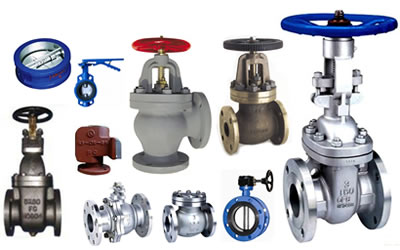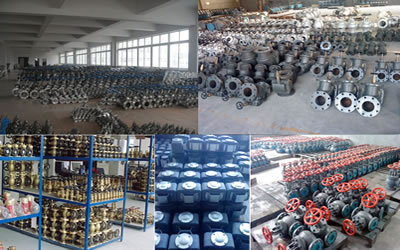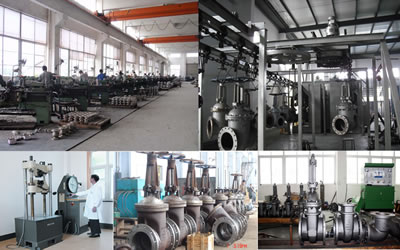New report finds autonomous vessels could dominate future maritime industry
A new joint report by Lloyd's Register (LR), QinetiQ and the UK's University of Southampton has revealed that unmanned surface and underwater vessels are expected to dominate the maritime industry over the next ten years.
The report has also suggested that the relevant regulatory and legal systems may face difficulty in adapting to the new technologies in an efficient and timely manner.
Additionally, the study noted that the development of consumer-driven technology is expected to drive the transformation, which is likely to require seafarers to gain new skillsets.
The report is a follow-up to the Global Marine Technology Trends 2030 review, which has been complied as part of a collaborative project between LR, QinetiQ and the University of Southampton.
It has examined the future impact of technology regarding the regulatory and social aspects of maritime operations, in addition to analysing the employment and socio-economic impacts, and skillsets required to adequate operate autonomous systems.
LR Marine and Offshore technical director Tim Kent said: “Networks of autonomous surface and underwater vessels are set to radically change the nature of maritime operations.
“Developments widely reported in the media such as those in autonomous shipping are happening with greater pace than expected as little as two years ago.
"These developments enabled by technology provide new opportunities and potential for disruptive business models.
“However, the principal challenges will be the integration of these autonomous systems into current maritime operations, legal and regulatory requirements, and not least the impact upon seafarers.”
According to QinetiQ, various factors such as applied artificial intelligence, low-cost low-size sensors, increased connectivity, improved cyber security and better energy management are expected to bring rapid and disruptive change to the maritime sector.
University of Southampton Marine and Maritime Institute director Ajit Shenoi has also noted that the next generation of crew members may become shore-based and primarily manage vessels remotely from the office or sea, which will require new training and skillsets.




